Christian Kehl
Sparse-View Spectral CT Reconstruction Using Deep Learning
Nov 30, 2020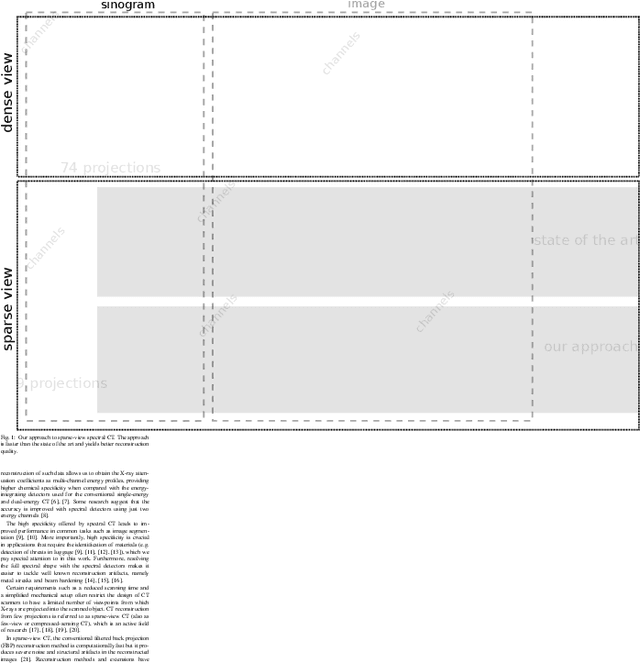
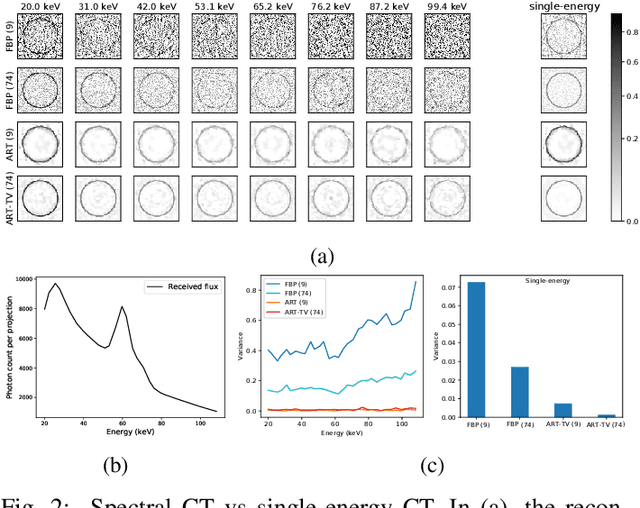
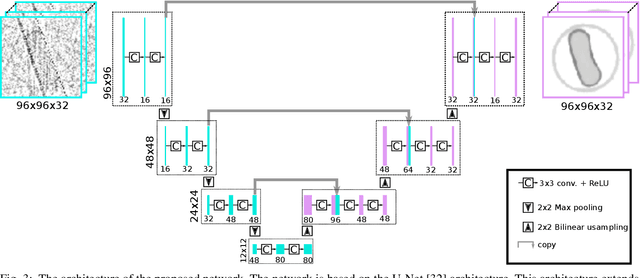
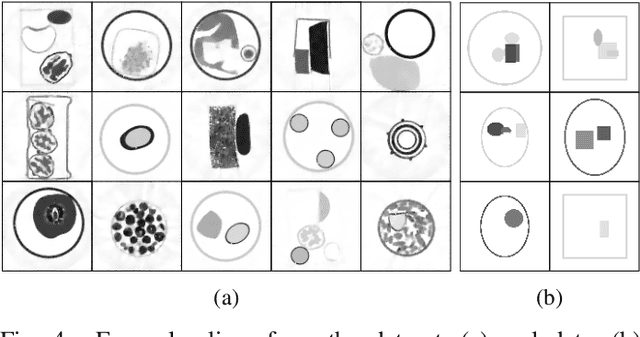
Abstract:Spectral CT is an emerging technology capable of providing high chemical specificity, which is crucial for many applications such as detecting threats in luggage. Such applications often require both fast and high-quality image reconstruction based on sparse-view (few) projections. The conventional FBP method is fast but it produces low-quality images dominated by noise and artifacts when few projections are available. Iterative methods with, e.g., TV regularizers can circumvent that but they are computationally expensive, with the computational load proportionally increasing with the number of spectral channels. Instead, we propose an approach for fast reconstruction of sparse-view spectral CT data using U-Net with multi-channel input and output. The network is trained to output high-quality images from input images reconstructed by FBP. The network is fast at run-time and because the internal convolutions are shared between the channels, the computation load increases only at the first and last layers, making it an efficient approach to process spectral data with a large number of channels. We validated our approach using real CT scans. The results show qualitatively and quantitatively that our approach is able to outperform the state-of-the-art iterative methods. Furthermore, the results indicate that the network is able to exploit the coupling of the channels to enhance the overall quality and robustness.
Multi-Spectral Imaging via Computed Tomography (MUSIC) - Comparing Unsupervised Spectral Segmentations for Material Differentiation
Oct 28, 2018
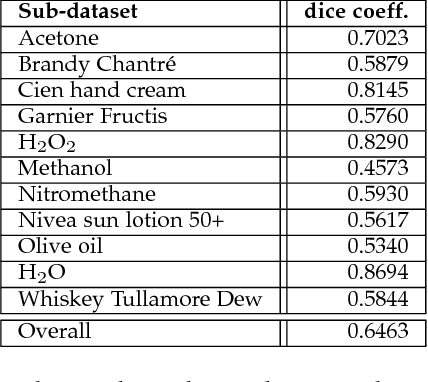

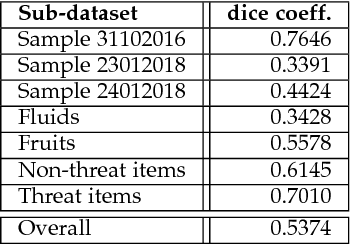
Abstract:Multi-spectral computed tomography is an emerging technology for the non-destructive identification of object materials and the study of their physical properties. Applications of this technology can be found in various scientific and industrial contexts, such as luggage scanning at airports. Material distinction and its identification is challenging, even with spectral x-ray information, due to acquisition noise, tomographic reconstruction artefacts and scanning setup application constraints. We present MUSIC - and open access multi-spectral CT dataset in 2D and 3D - to promote further research in the area of material identification. We demonstrate the value of this dataset on the image analysis challenge of object segmentation purely based on the spectral response of its composing materials. In this context, we compare the segmentation accuracy of fast adaptive mean shift (FAMS) and unconstrained graph cuts on both datasets. We further discuss the impact of reconstruction artefacts and segmentation controls on the achievable results. Dataset, related software packages and further documentation are made available to the imaging community in an open-access manner to promote further data-driven research on the subject
A Supervised Learning Concept for Reducing User Interaction in Passenger Cars
Nov 13, 2017
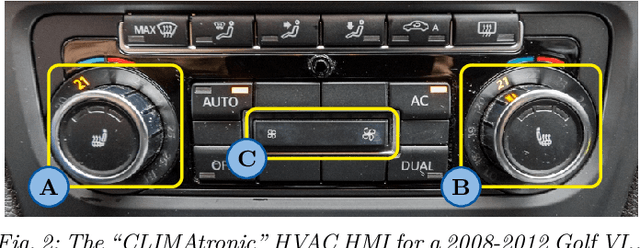
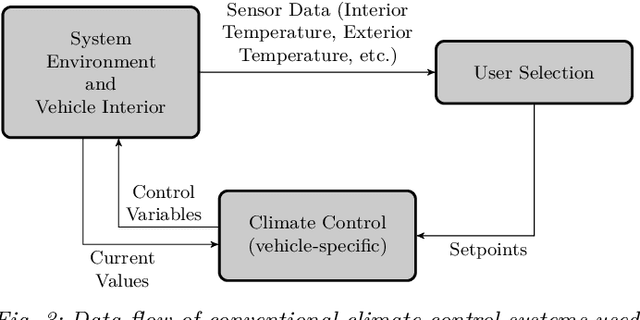
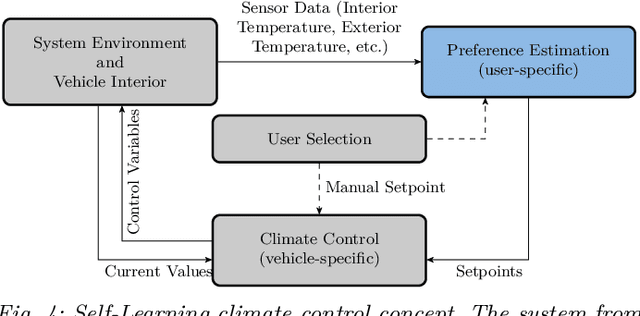
Abstract:In this article an automation system for human-machine-interfaces (HMI) for setpoint adjustment using supervised learning is presented. We use HMIs of multi-modal thermal conditioning systems in passenger cars as example for a complex setpoint selection system. The goal is the reduction of interaction complexity up to full automation. The approach is not limited to climate control applications but can be extended to other setpoint-based HMIs.
 Add to Chrome
Add to Chrome Add to Firefox
Add to Firefox Add to Edge
Add to Edge